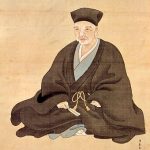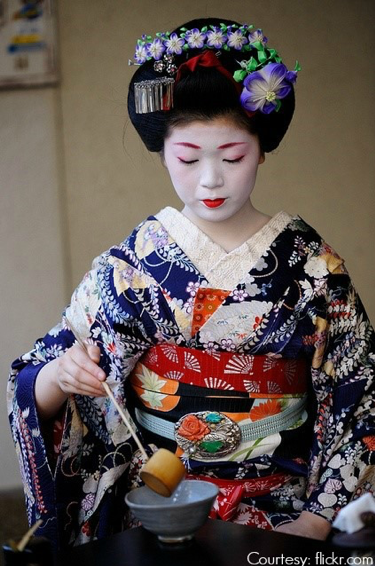The Heart of the Tea Ceremony is About Aesthetics,
Predefined Movements and Appreciation of
the Four Basic Elements of the Tea Ceremony:
Harmony, Respect, Purity, & Tranquility.
“Many paths lead up the mountain, but at the top we all look at the same bright moon” – Ikkyu
Ikkyu (1394-1481) was a Japanese Zen Buddhist priest and poet. He was also  one of the creators of the Japanese tea ceremony.
one of the creators of the Japanese tea ceremony.
The earliest rituals involving tea came to Japan as a part of Buddhist meditation in the 6th century. Later, in the Kamakura Period (1185-1333), a Japanese priest named Eisai introduced tea seeds which became the source of much of the tea grown in Japan today. A century later the priest Eizon and the monk Ikkyu further promoted the tea ceremony.






